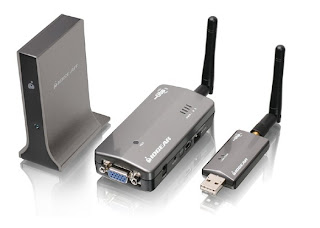One issue with corporate wireless networks in general, and WLANs in particular, involves the need for security. Many early access points could not discern whether or not a particular user had authorization to access the network. Although this problem reflects issues that have long troubled many types of wired networks (it has been possible in the past for individuals to plug computers into randomly available Ethernet jacks and get access to a local network), this did not usually pose a significant problem, since many organizations had reasonably good physical security. However, the fact that radio signals bleed outside of buildings and across property lines makes physical security largely irrelevant to Piggybackers. Such corporate issues are covered in wireless security
information security wireless access point wireless router network security lan security wireless lan adapter
information security wireless access point wireless router network security lan security wireless lan adapter wireless lan mobile wireless security wireless security wireless security system reviews wireless security cameras wireless network security wireless security system wireless lan mobile wireless security wireless security wireless security system reviews wireless security cameras wireless network security wireless security system
information security wireless access point wireless router network security lan security wireless lan adapter
information security wireless access point wireless router network security lan security wireless lan adapter wireless lan mobile wireless security wireless security wireless security system reviews wireless security cameras wireless network security wireless security system wireless lan mobile wireless security wireless security wireless security system reviews wireless security cameras wireless network security wireless security system








